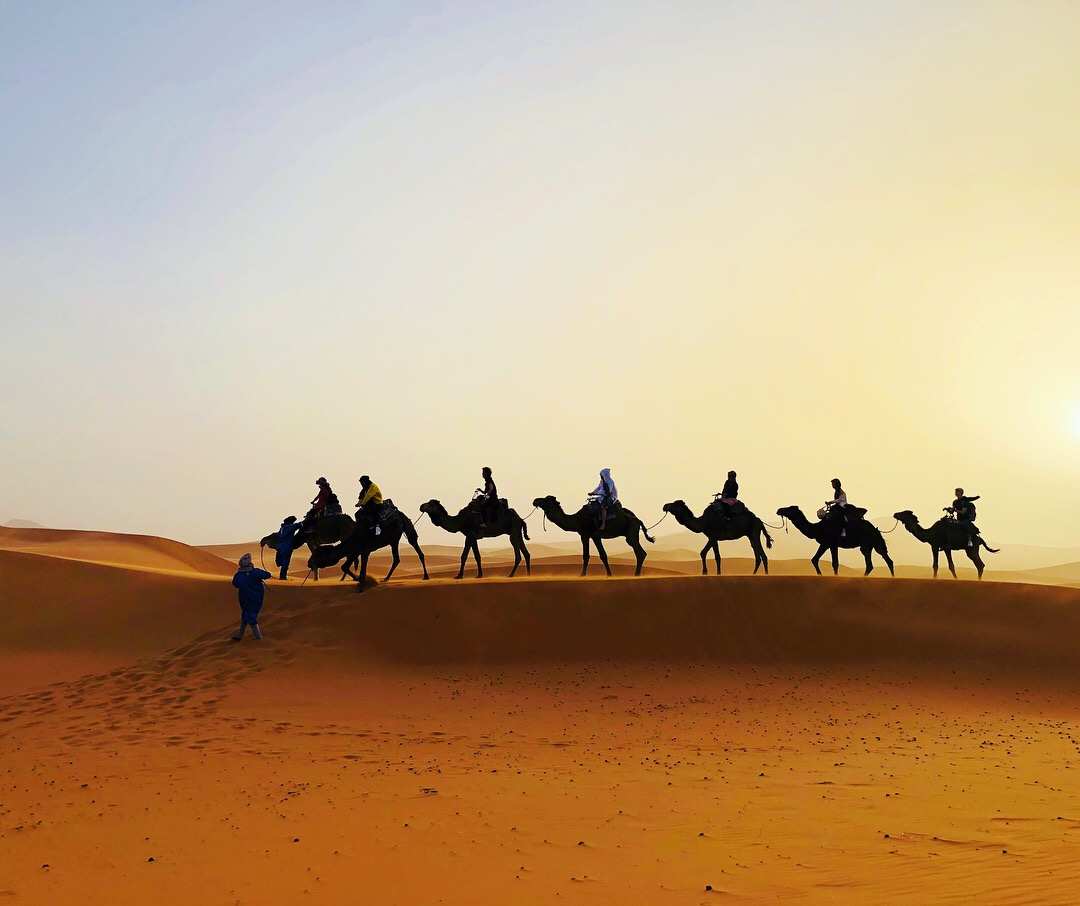Remove these ads. Join the Worldbuilders Guild

Tahuum Itaqiin
Inspiration
Created by
Film & Television
Thematic influences: Much of the heroism that takes in Tahuum Itaqiin involves antihero brigands, guerilla warriors, and sometimes dissident or exiled individuals of higher station taking matters into their own hands when conventional leaders and institutions oppress downtrodden groups of people or ignore their plights. While Westerners likely best know Robin Hood (any of its iterations in film or writing) for such themes, Water Margin 水湖站 and Seven Samurai match these themes at least as well. Eventually, encounters with eldritch entities and phenomena will imperil and test the abilities of Tahuum Itaqiin's human inhabitants. Thematically, Arrival (2016) nicely captures both the sheer complexity of communicating with otherworldly species and the very real risk of earthy (so to speak) geopolitics foiling efforts to coordinate a united response to a shared threat. Aesthetic and plot influences: The imperialism, warfare, and mystical elements of Dune (in written or film form) have a fair number of parallels to Tahuum Itaqiin, though there aren't spaceships, plasma weapons, and the like in the latter. The political dramas playing out in Te-Dai and its subject-state Gyoh-seh include a storyline (which I'll write someday, really) heavily inspired by Farewell My Concubine 霸王別姬. Some of the other destructive geopolitical feuding here will have noticeable hints of Macbeth and Kurosawa's Ran ("Chaos"). A less campy version of The Scorpion King, had such a thing existed, could've laid quite a bit of the groundwork for the ancient cultures of Agratekt and the Haifatneh Basin.Games
Tahuum Itaqiin, in its earliest months, was very nearly going to be the setting of a vaguely Elder Scrolls-like dungeon-crawling game. While I've long since shifted focus to short story and novel-writing, the hinterlands of the Continent still play host to plenty of mysterious ruins and nasty surprises for explorers. Shadow of the Colossus is noteworthy for its vast, explorable world--aesthetically stunning for the time--and truly unique boss encounters which make the player feel like they've been pitted against larger-than-life foes. Likewise, Tahuum Itaqiin is a world which merits exploring in its own right on the basis of its vast geography (as well as diverse cultures). Further, a number of encounters are to be approached and overcome more as puzzles than as hack-and-slash encounters, whether this entails using trickery and magic to survive being outnumbered or employing evasive, hit-and-run tactics to steadily wear down a creature of imposing size and power. The Elder Scrolls games have been inspirational as well, mainly for their large, explorable worlds and their open-ended possibilities when it comes to the abilities, personalities, and choices of individual characters.- Oblivion: My first exposure to the TES franchise, Oblivion truly feels like a faithful attempt at recreating (single-player, and even more combat-focused) D&D in a cohesive video game format. Interesting handling of racial and cultural diversity in a fantasy world, too--some dialogue feels dated and/or oversimplistic at times, but at least acknowledges the sorts of tensions and prejudices that would likely exist in such a world. The cultures of, and relationships among, peoples in Tahuum Itaqiin are better grounded in anthropological insights into human behavior, but overall the intergroup tensions there may feel rather familiar to Elder Scrolls players. Tahuum Itaqiin is also readily comparable to Oblivion in that deep and uncanny horrors do exist, but are largely hidden beneath a relatively picturesque surface.
- Skyrim: Compared to Oblivion, Skyrim feels grittier, more realistic, and more medieval. A medieval fantasy world is by no means guaranteed to be a cheerful place. (Of course, a fantasy work benefits from variation and texture in its tone and atmosphere, something which Oblivion arguably does better than Skyrim.) Though Tahuum Itaqiin is a far cry from this game's Hollywood Viking aesthetics, the general hardship and intergroup tensions are a close match for the atmosphere of the Continent's Grim Era.
- Morrowind: I didn't play Morrowind personally, but the game is notable for its greater commitment commitment to gritty, inconvenient realism than Oblivion and others that came after it (e.g. if you steal items from someone, you can then attempt to sell those items usually without a hitch—unless you sell to the person you stole from, in which case they'll call the city guards on you). A game version of Tahuum Itaqiin would likely parallel some of Morrowind's grittiness and its challenging, though rewarding, character progression.
© Eric de Roulet and E.M. White, 2021-2025. All rights reserved.






